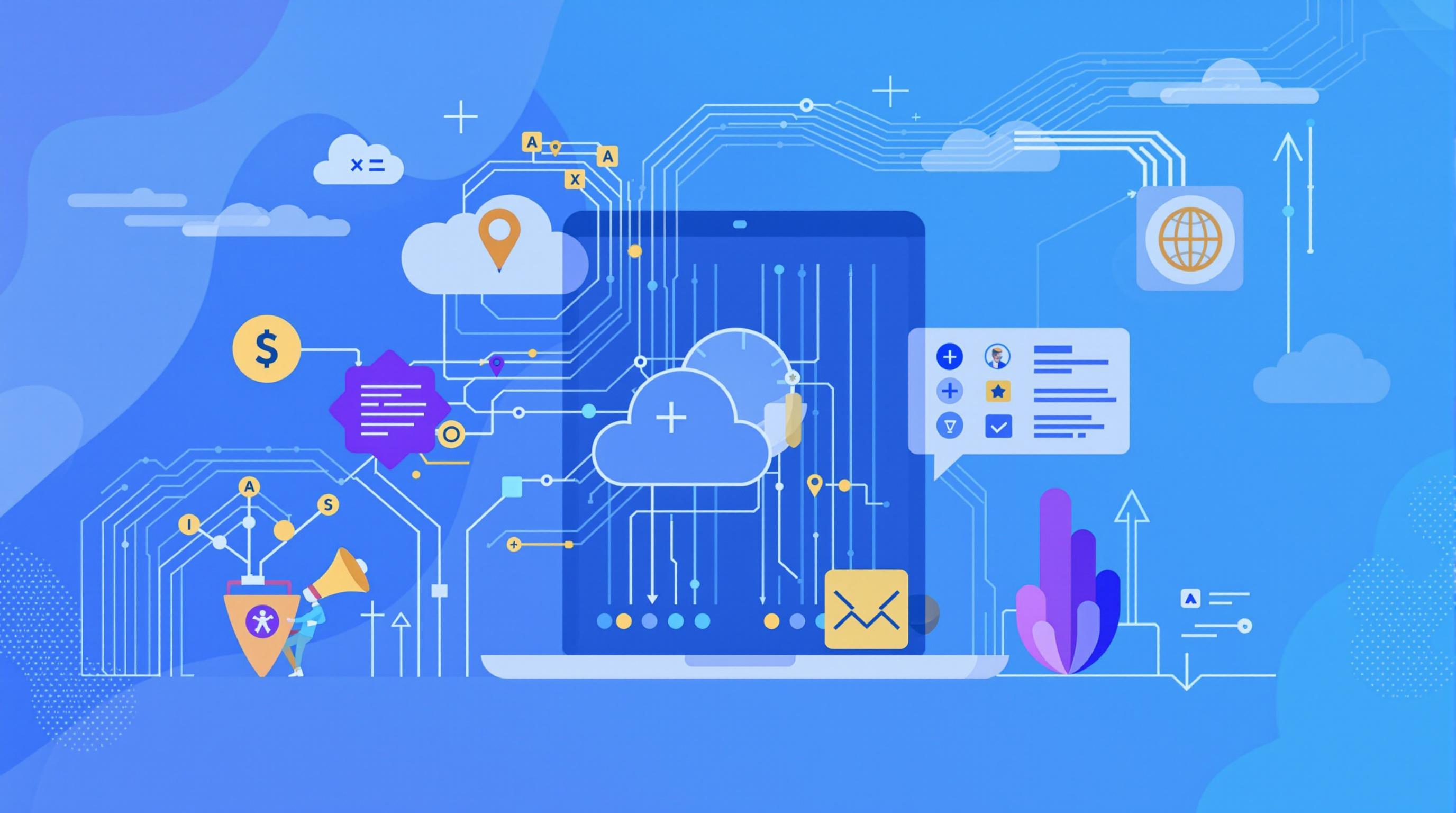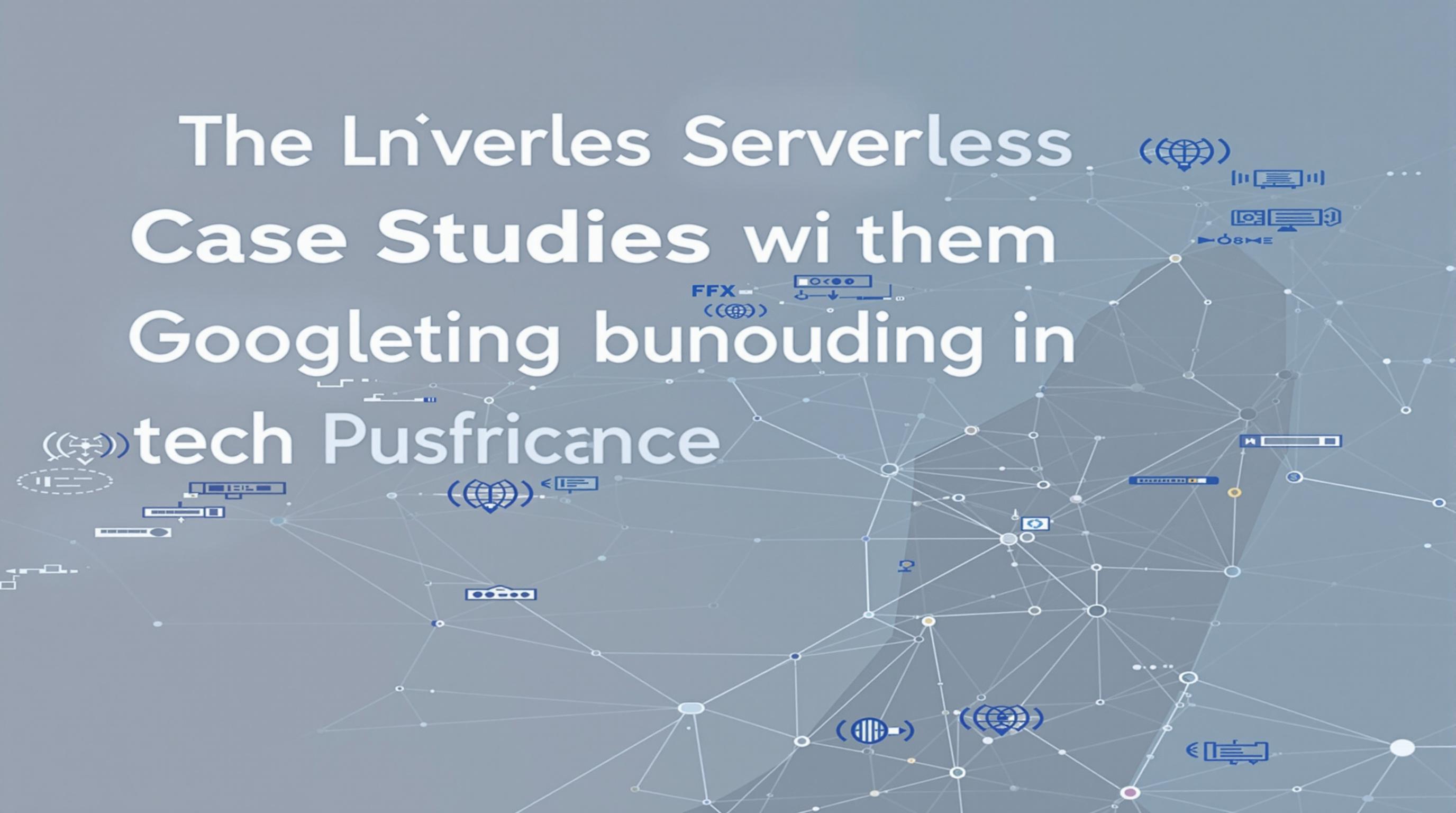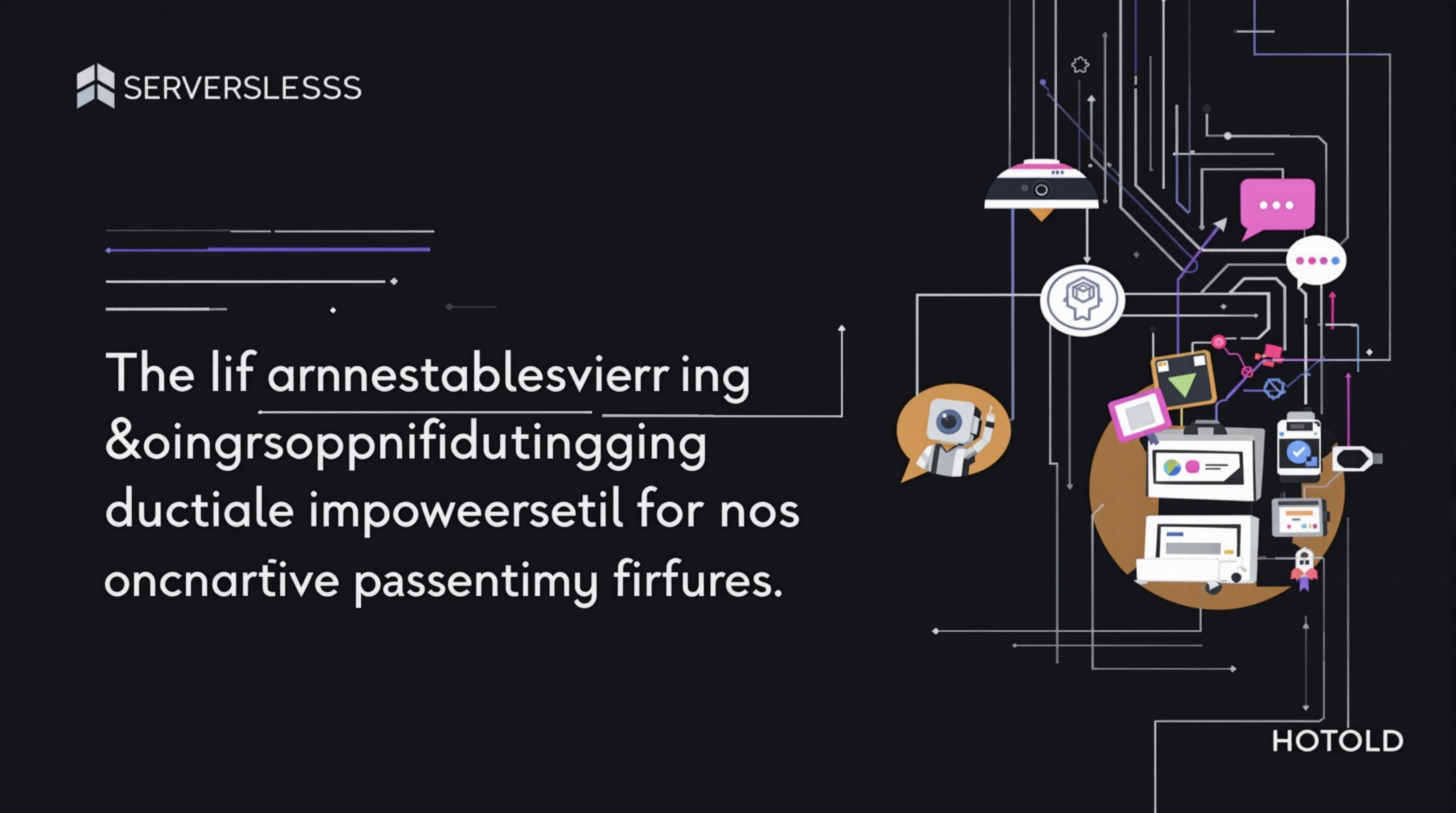Related Articles
- Uncharted Realms: Unveiling Serverless’ Role in Revitalizing Local Economies and Microbusiness Ecosystems
- Unearthing Surprising Synergies: How Serverless Solutions are Reinventing Events and Experiential Marketing Strategies
- Serverless Beyond the Cloud: Unpacking Its Role in Wildfire Management and Ecological Restoration Efforts
- Harnessing Digital Detox: Unplugging to Unleash Creative Energy and Ignite Workplace Performance
- The Surprising Role of Aroma: How Scents Can Unleash Hidden Productivity Boosts in Your Workspace
- Unlocking the Power of Serendipity: How Chance Encounters Can Enhance Team Productivity and Innovation
9 Unconventional Serverless Case Studies Unveiling Market Disruptions and Pioneering New Business Models in Emerging Sectors
9 Unconventional Serverless Case Studies Unveiling Market Disruptions and Pioneering New Business Models in Emerging Sectors
9 Unconventional Serverless Case Studies Unveiling Market Disruptions and Pioneering New Business Models in Emerging Sectors
Introduction to Serverless Computing
Serverless computing has emerged as a revolutionary paradigm, altering the way businesses deploy and manage applications. By abstracting server management from developers, this approach allows enterprises to focus on what truly matters: building and delivering exceptional products and services. Companies can scale seamlessly and optimize costs while enhancing operational efficiency.
This transformation is not merely about technological innovation; it constitutes a cultural shift within organizations. Companies are increasingly adopting agile methodologies, enabling faster response to market dynamics and customer needs. The intersection of serverless technology and emerging business models has spurred remarkable market disruptions across various sectors.
In this article, we will explore nine unconventional case studies that demonstrate the potential of serverless computing to pioneer new business models, illustrating how organizations harness this technology to redefine their industries.
Case Study 1: Fintech Innovations with Serverless
In the financial technology sector, serverless computing has transformed traditional banking and payment systems. For instance, a startup called FintechFly implemented a serverless architecture to streamline its online payment processes. By utilizing cloud services such as AWS Lambda, they reduced latency and enhanced transaction efficiency.
This organization was able to scale operations without the overhead of managing infrastructure, resulting in a 40% reduction in operational costs. Furthermore, serverless architecture allowed them to quickly adapt to regulations and customer feedback, fostering rapid innovation and setting a new standard in the fintech landscape.
Consequently, this case exemplifies how serverless technology can disrupt conventional banking models, offering enhanced user experiences while minimizing financial barriers for startups (source: McKinsey & Company).
Case Study 2: E-Commerce Reimagined
The e-commerce industry has seen a significant transformation through serverless computing. A notable example is ShopLite, an emerging e-commerce platform that leveraged serverless functions to manage its inventory and customer data seamlessly. By integrating front-end tools with serverless back-end services, ShopLite achieved unprecedented scalability during peak shopping events.
Utilizing serverless solutions allowed ShopLite to reduce the time taken to launch new features from months to mere weeks. This rapid deployment ability gave them a competitive edge, enabling them to respond to trends more rapidly than larger, traditional competitors. The cost-effectiveness of serverless also meant greater investment flexibility for marketing and customer acquisition.
Thus, this case study sheds light on how serverless architecture empowers e-commerce businesses to innovate persistently while maintaining operational agility (source: Gartner).
Case Study 3: Healthcare Revolution
One of the most transformative applications of serverless computing is in the healthcare sector. MedTech Innovations, a startup specializing in telemedicine, adopted serverless frameworks to build its digital health platform. By leveraging serverless computing, they efficiently handled the vast scale of patient data processing during consultations.
The implementation of serverless functions enabled MedTech to ensure data privacy and security, addressing critical concerns in the healthcare space. With the ability to automatically scale during peak usage times, they enhanced the user experience without compromising on service quality.
This case demonstrates the powerful implications of serverless computing for enhancing patient care and safety while enabling healthcare organizations to pioneer new business models focused on telehealth solutions (source: Harvard Business Review).
Case Study 4: Smart Agriculture
Serverless computing has also made its mark in the agriculture sector, exemplified by AgriTech Innovations, a startup focused on precision farming. By employing serverless architecture, they developed IoT solutions that monitor crops and optimize resource usage in real-time.
The implementation of serverless functions allowed them to process data from thousands of sensors without worrying about server loads. This not only reduced costs but also enhanced predictive analytics, enabling farmers to make data-driven decisions, increase yield, and minimize waste.
The results illustrate how serverless solutions can disrupt traditional agricultural practices, leading to sustainable farming models that adapt to changing environmental conditions (source: TechCrunch).
Case Study 5: Education and Learning Platforms
The educational sector is experiencing a paradigm shift through serverless technology, as seen with LearnNow, an online learning platform. By utilizing serverless architecture, the platform offers scalable courses and materials aligned with user engagement metrics and learning paths.
Through serverless computing, LearnNow streamlined resource allocation, automatically scaling resources based on user demand. This agility allowed them to provide personalized learning experiences, enhancing student satisfaction and outcomes.
The insights from LearnNow’s pivot showcase the potential of serverless models to disrupt conventional educational frameworks and foster a more tailored approach to learning (source: EdSurge).
Case Study 6: Logistics and Supply Chain Innovations
Serverless computing is revolutionizing logistics through applications like SmartLogistics, a company focused on optimizing supply chain processes. By adopting serverless systems, they deployed automation tools that analyze supply chain data effectively in real-time, improving decision-making.
The flexibility and cost-effectiveness of serverless architecture allowed SmartLogistics to enhance their tracking capabilities and ensure timely deliveries. With fewer resources devoted to server maintenance, the team could pivot towards innovation and customer service improvements.
This case reflects how serverless computing is disrupting the logistics scene, reinforcing the idea that efficiency and technology can create empowering business models in an ever-demanding market (source: Supply Chain Digital).
Case Study 7: Media and Content Delivery
In the media industry, serverless computing has revolutionized content delivery. An excellent case is MediaWave, which uses serverless architecture to manage video streaming services efficiently. By employing serverless functions, they ensure high-quality streaming without latency-related issues, enhancing viewer experiences.
The implementation of serverless technology allowed MediaWave to effortlessly scale their infrastructure in response to audience demand, especially during live events. Additionally, they could redistribute resources in real time, reducing costs while maximizing output quality.
This case study illustrates how serverless is facilitating groundbreaking changes in media consumption, enabling organizations to explore innovative storytelling methods and reach wider audiences (source: Streaming Media).
Case Study 8: Real Estate Innovations
In the real estate landscape, TechEstate serves as a compelling example of a startup transforming traditional practices with serverless computing. By leveraging serverless solutions, the company streamlined property listings and customer interactions through automated chat functions and virtual tours.
The flexibility of serverless architecture allowed TechEstate to manage extensive data sets while ensuring rapid responses to client inquiries. By minimizing infrastructure overhead, they could concentrate resources on enhancing customer experiences and expanding offerings.
This case highlights how serverless computing can challenge and change conventional real estate models, driving innovation and improving service delivery in a competitive market (source: Forbes).
Case Study 9: Retail and Consumer Engagement
The retail sector is also embracing serverless computing through platforms like EngageRetail, which employs serverless solutions for customer engagement and personalized shopping experiences. By utilizing data analytics, they craft tailored promotions based on user behavior in real time.
This serverless approach enables dynamic allocation of resources during sales events, ensuring that the customer experience remains unaffected regardless of demand spikes. Consequently, EngageRetail has seen significant improvements in customer satisfaction and loyalty through more relevant interactions.
This case emphasizes how serverless technology is reshaping consumer engagement strategies in retail, facilitating a move towards data-driven insights for superior customer experiences (source: Retail Dive).
Conclusion: The Future of Serverless Computing
The case studies discussed illustrate that serverless computing is not merely a trend; it signifies a foundational shift across disciplines. From fintech to agriculture, organizations successfully disrupt established industries and create innovative business models that drive their growth and efficiency.
As companies continue to explore potential applications of serverless solutions, the emphasis lies not only on functionality but also on enabling adaptability to remain competitive in a rapidly evolving market. The power of serverless computing, when leveraged wisely, can unleash unprecedented opportunities for present and future enterprises.
With the collective insights from these cases, it is evident that embracing serverless architecture can be the catalyst for transformational change, ushering in new eras across diverse sectors in ways once thought unattainable (source: Accenture).




